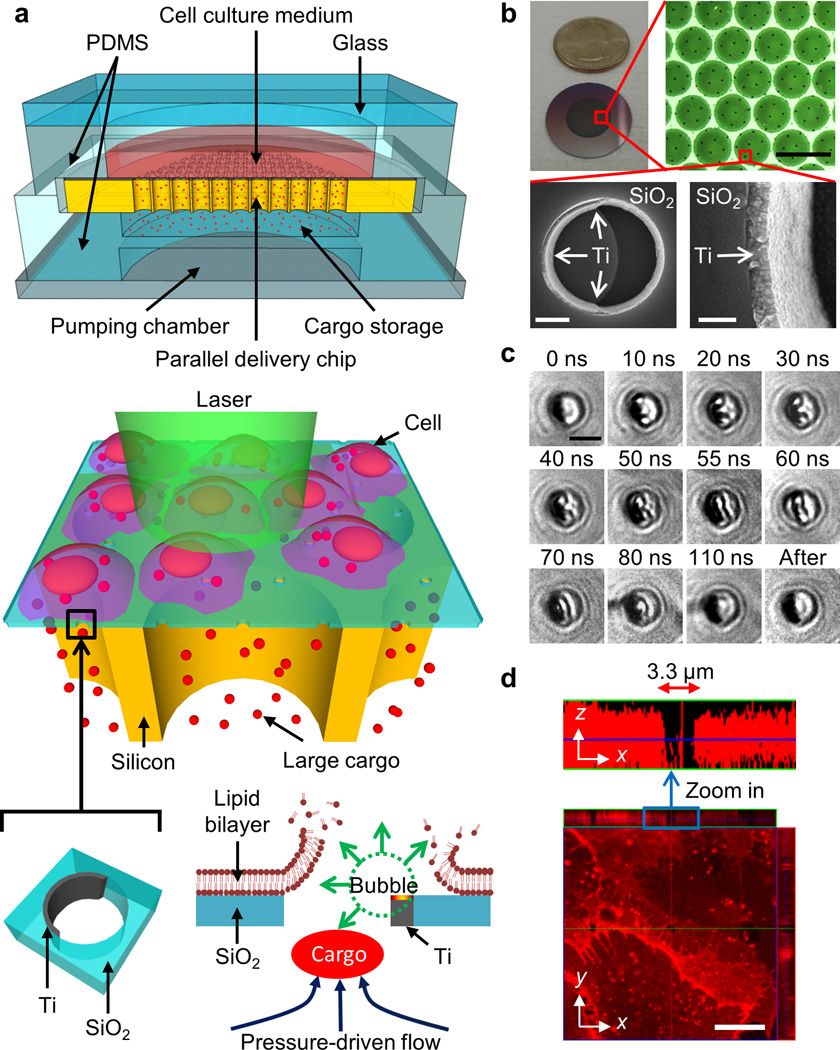Figure 1. Schematic of a massively parallel photothermal platform for large cargo delivery.
(a) The BLAST platform consists of an array of trans-membrane holes patterned on a 1.5 µm thick SiO2 film. Crescent-shaped titanium films are asymmetrically coated on the sidewalls of these holes to harvest laser pulse energy. Rapid pulsed laser scanning of the entire active photothermal region on the chip triggers cavitation bubbles in all holes that disrupt contacting cell membranes. Following membrane opening, an external pressure source is applied to deform the bottom flexible polydimethylsiloxane (PDMS) storage chamber to push cargo into the cytosol of cells via these transient membrane pores. (b) Images of a BLAST chip for delivery. SEM images show a 100 nm thick titanium film coated on the inner sidewall of a 3 µm hole on the SiO2 membrane through a lift-off process using the e-beam evaporation method. Scale bars, 100 µm (upper right), 1 µm (lower left), 200 nm (lower right). (c) Time-resolved images capturing rapidly expanding cavitation bubbles triggered in a hole from 10 to 110 ns after laser pulsing. At 10–50 ns, two bubbles form and enlarge at the upper and lower poles of the hole; at 55 ns, the bubbles coalesce; and by 110 ns, the bubbles collapse. Scale bars, 3 µm. (d) Confocal z-axis scanning images show that the cell membrane of a fixed cell on the platform is disrupted and reveals a micron-sized pore after laser pulsing.

